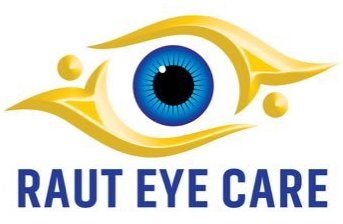The human eye is a marvel of biological engineering, and the cornea plays a vital role in maintaining clear vision. However, various factors such as injuries, infections, and degenerative diseases can lead to corneal damage, impairing visual acuity. For individuals suffering from such conditions, medical advancements offer hope in the form of innovative surgical procedures like Deep Anterior Lamellar Keratoplasty (DALK).
Understanding DALK:
Deep Anterior Lamellar Keratoplasty, abbreviated as DALK, is a sophisticated surgical technique designed to treat corneal pathologies while preserving the integrity of the innermost layer of the cornea, known as the endothelium. The procedure involves replacing the diseased or damaged front layers of the cornea with healthy donor tissue, leaving the patient's endothelial layer untouched.
Benefits of DALK:
DALK offers several advantages over traditional full-thickness corneal transplantation (penetrating keratoplasty). One of the most significant benefits is the reduced risk of endothelial rejection. Since the donor endothelium is not transplanted, the risk of immune reactions leading to graft failure is significantly minimized. Moreover, this technique is particularly beneficial for patients with stromal disorders like keratoconus, corneal scars, and other anterior corneal conditions.
The DALK Procedure:
The DALK procedure involves the following steps:
Preparation: The patient's eye is prepared, and a thorough assessment of the cornea is conducted to determine the extent and nature of the corneal disease.
Donor Tissue: A healthy corneal donor tissue is procured, typically from eye banks, and is processed according to strict protocols to ensure safety and compatibility.
Anesthesia: Local or general anesthesia is administered to ensure the patient's comfort during the surgery.
Trephination: A circular cut (trephination) is made on the patient's cornea, removing the damaged or diseased anterior layers. This creates a "corneal cap" that is later replaced by the healthy donor tissue.
Dissection: The surgeon carefully separates the healthy posterior corneal stroma from the diseased layers using delicate dissection techniques.
Donor Tissue Transplantation: The healthy donor corneal tissue, which includes the epithelium, Bowman's layer, and anterior stroma, is positioned and sutured onto the prepared bed.
Sutures: Sutures are used to secure the donor tissue and ensure proper adhesion.
Recovery and Follow-Up: After surgery, patients are closely monitored during the healing process. Sutures may be removed gradually as the cornea heals.
Advancements and Future Directions:
Advancements in imaging technology and surgical instruments have significantly improved the success rate of DALK procedures. Optical coherence tomography (OCT) and femtosecond lasers are increasingly used to enhance surgical precision, reduce complications, and expedite recovery times.
In the future, research in regenerative medicine and tissue engineering may pave the way for more advanced approaches to corneal transplantation. Bioengineered corneal tissues, personalized medicine approaches, and improved immunosuppressive strategies could revolutionize the field of corneal surgery.
Conclusion:
Deep Anterior Lamellar Keratoplasty (DALK) stands as a testament to the remarkable strides made in the field of ophthalmology. By allowing surgeons to selectively replace only the affected layers of the cornea, DALK minimizes the risk of graft rejection and provides renewed hope to patients facing corneal disorders. As technology continues to advance, DALK is likely to become even safer and more effective, bringing the gift of clear vision to countless individuals worldwide.

